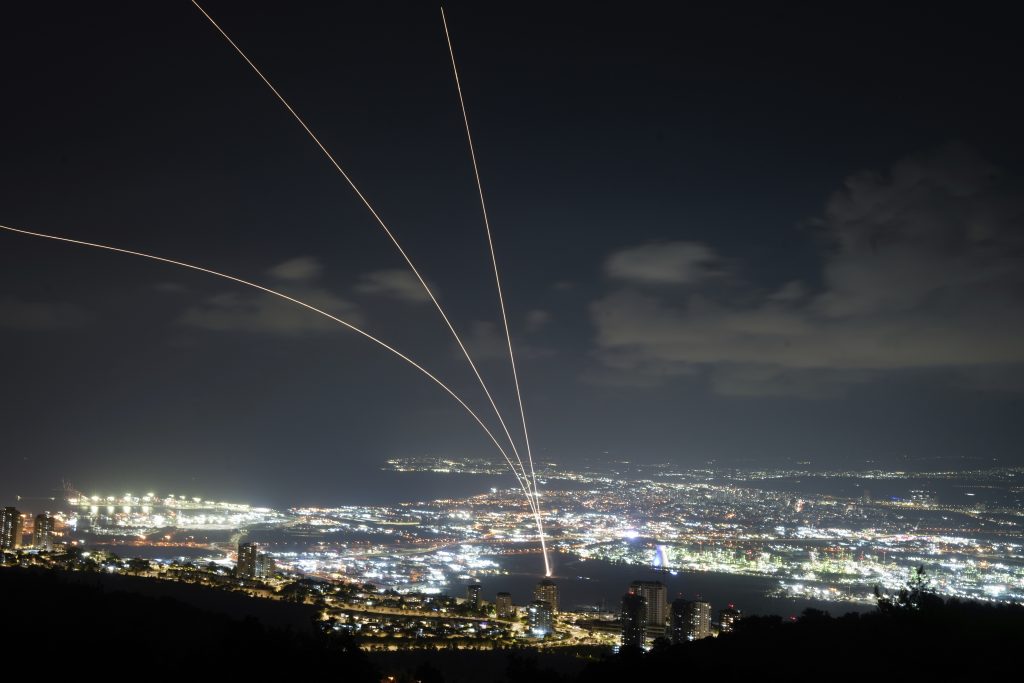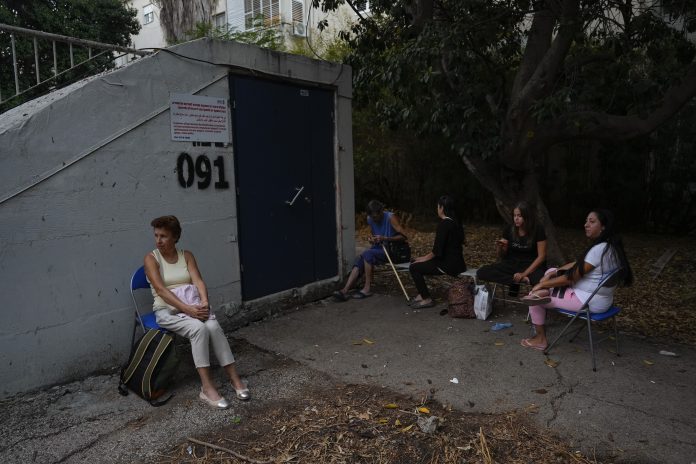Haifa’s sandy beaches, usually bustling with life, now lie deserted. Businesses are closing early, and many restaurants have shut their doors as fears of a broader conflict with Hezbollah grow. The only crowded places are public bomb shelters.
With nearly 300,000 residents, Haifa is the cultural and economic hub of northern Israel, but it has increasingly come under Hezbollah’s fire since fighting with Israel escalated this week. Residents are bracing for what many fear could be the worst violence since the 2006 war, when the city was pummeled by rockets.
“Everything is terrible. The air raid sirens don’t stop,” said David Maman, a Haifa resident stepping out for air from a nearby bomb shelter.
Hezbollah expanding its strikes deeper into Israel
Israel and Hezbollah are locked in their fiercest fighting since the monthlong war of 2006, which ended without a clear winner. Hezbollah, backed by Iran, began firing rockets into Israel after Hamas attacked on October 7. Fears of a broader war have been simmering since, and this week’s escalation has brought the region closer than ever, with Hezbollah expanding its strikes deeper into Israel, including into Haifa.
On Wednesday, Lebanese officials reported that Israeli airstrikes killed dozens, pushing the death toll from the past three days to over 600, with more than 2,000 injured. Thousands of Lebanese families have fled to Beirut, Sidon, and even into neighboring Syria to escape the violence.

During the 2006 war, Haifa was hit by around 300 rockets, with 100 causing damage to homes, according to Gil Meller, the city’s deputy spokesperson. Today, Israel’s advanced air-defense systems intercept many rockets, filling the sky with plumes of white smoke as rockets are destroyed mid-air. However, the threat persists. On Sunday, a rocket struck a Haifa suburb, damaging homes and cars. Five rockets have been launched toward the city since then, according to the Israeli military.
In response to the threat of wider war, Haifa has opened 110 public bomb shelters for the 40% of its population without access to private shelters, particularly in older buildings. These shelters are equipped with air conditioning, generators, water, and wireless internet, and Meller noted that the city is prepared to open underground parking lots if needed. “Haifa is ready,” he said.
Hospital moved patients to fortified underground ward
Additional measures have been taken to protect residents. Around 60,000 children are now studying remotely, and the city’s main hospital has moved patients to a fortified underground ward.
With about 11% of its population being Palestinian, Haifa is one of the few predominantly Jewish cities in Israel with a significant Arab population. The looming economic impact of the conflict weighs heavily on many, particularly in Arab communities, which tend to face more financial challenges. Amal Oraby, a local activist, noted the dilemma for business owners: “If I open, I lose money. If I close, I lose money.”
Outside a public shelter, residents sat on plastic chairs, anxiously awaiting the next siren. Inside, thin mattresses were scattered across the floor, alongside personal belongings like diapers, plastic cups, and backpacks. Children, out of school, sat idly, waiting for the situation to unfold.
“There is constant shelling here,” said Orly Betesh, another Haifa resident. She spends her days near the shelter because her home lacks a protective space. “This is the only place we have to protect ourselves.”


